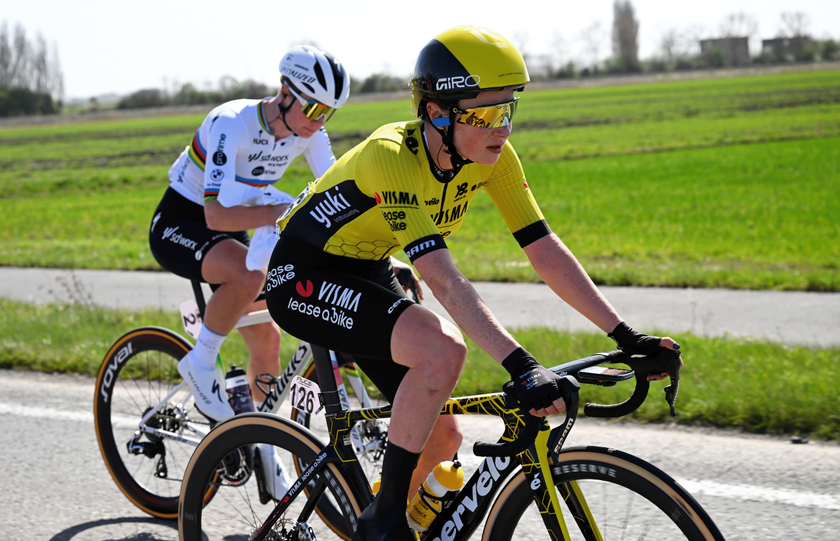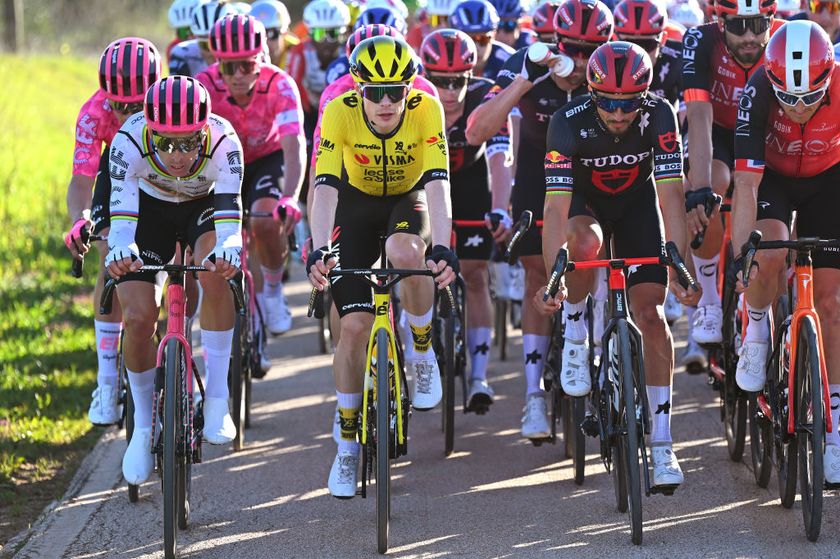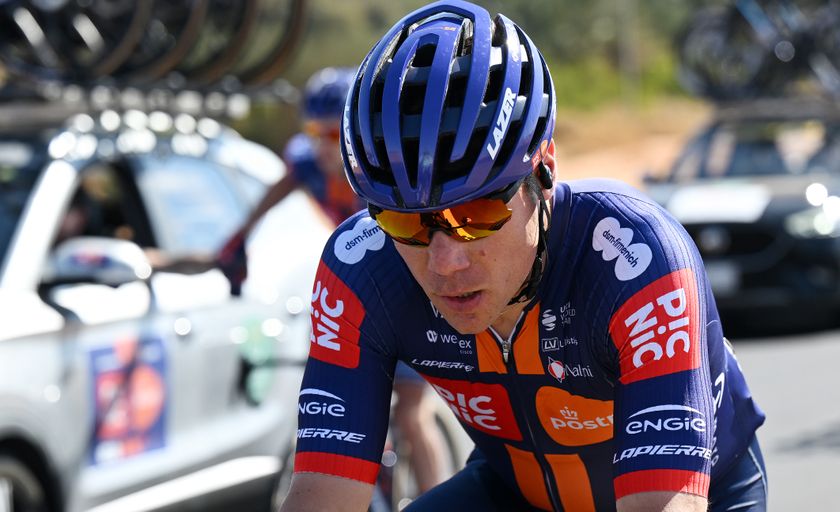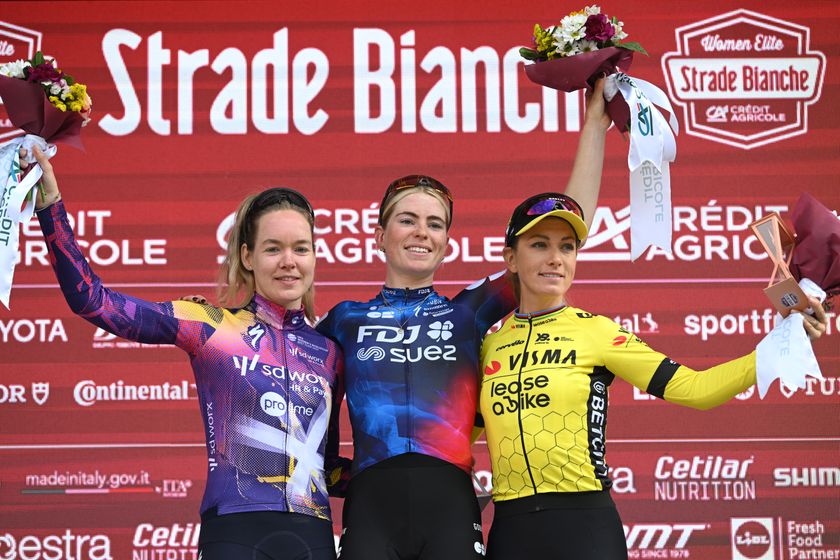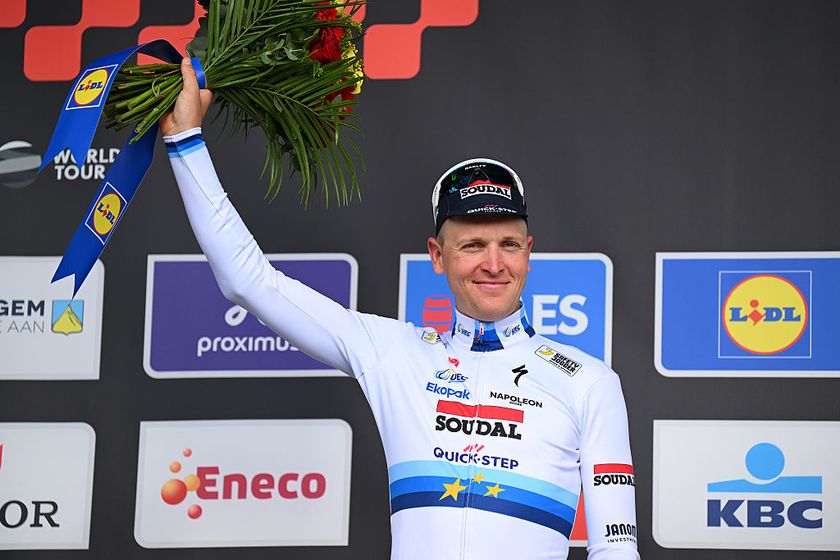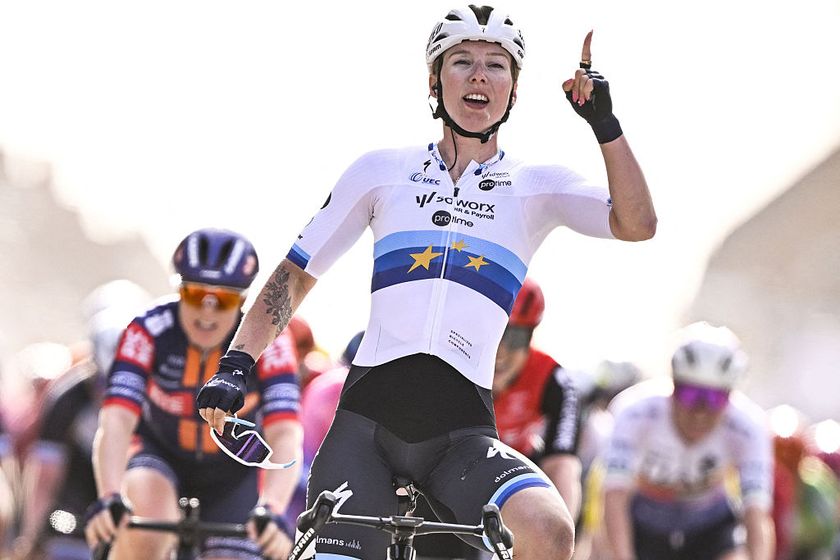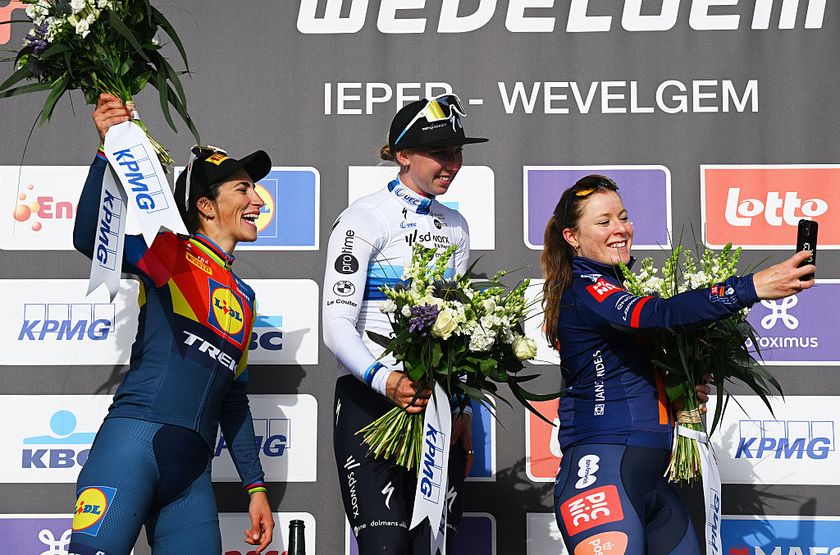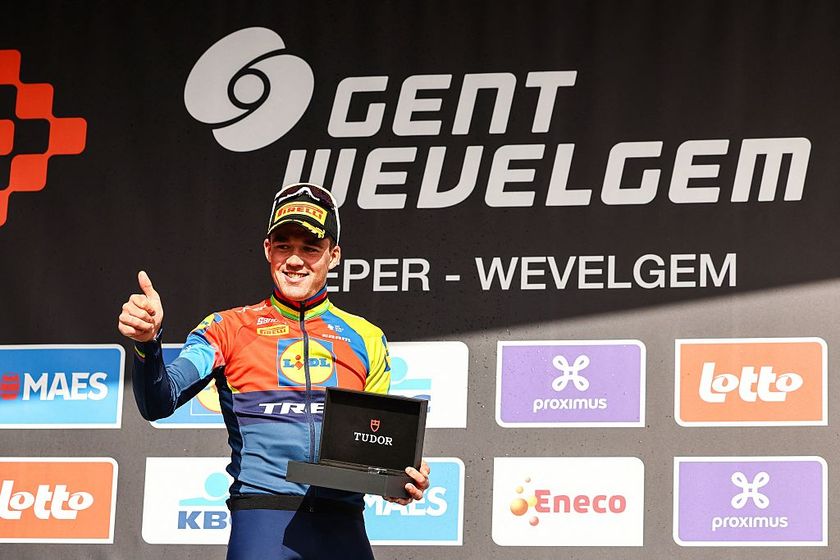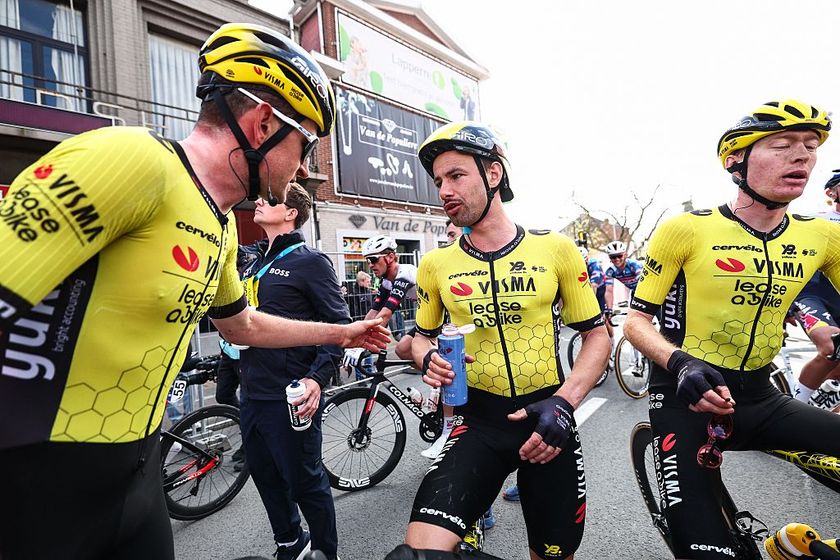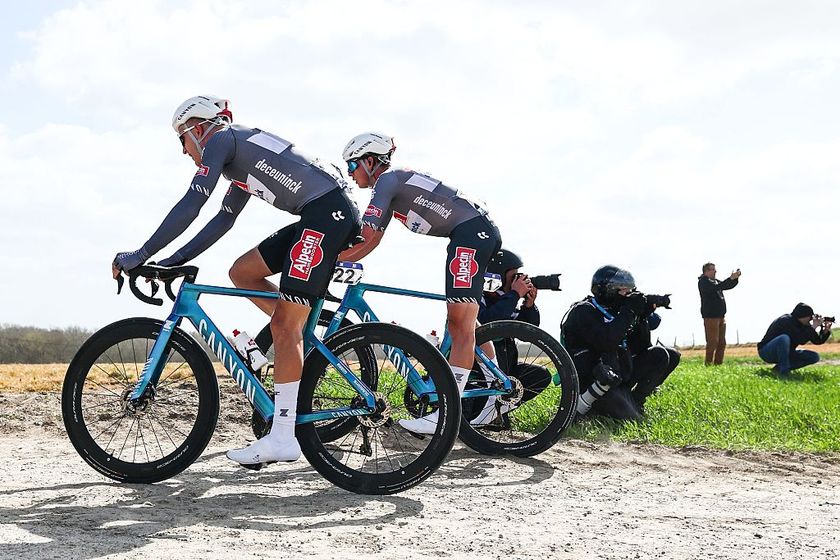Haussler blends old and new approaches in 2014
Australian takes aim at the Classics


Heinrich Haussler’s idiosyncrasies, like his decision to eschew gloves regardless of the conditions or his devotion to what he terms old school, East German training, have long made him a man apart in an era of power meters and marginal gains.
It’s a philosophy that has served Haussler well in the past, most notably in 2009, when he finished second at both Milan-San Remo and the Tour of Flanders. This time around, however, the IAM Cycling rider has refined his training, marrying contemporary innovations to his traditional base preparation.
Haussler’s own, distinctive approach remains in place – how many other professionals kick off their winter training with two solid months of cross-country skiing? – but since getting out on the road, there has been a discernible shift in his routine, with top-end work prioritised over the steady accumulation of base miles.
"With the old East German style of long hard training with big gears, you can only get to a certain level," Haussler told Cyclingnews in Qatar. "Now I’m working on my VO2 max, my lactate threshold and stuff like that."
Remarkably, at the age of 29, this winter marked the first time that Haussler has trained diligently with a power meter. "With Garmin, we had to use it as part of the team, but this is the first time I’ve actually worked with someone and done interval training, motor pacing, sprints and proper weight training," he said. "All this kind of stuff is new and it’s something I’m getting a big advantage from."
Haussler’s Damascene conversion to the merits of the modern approach, as it were, came last spring. Finally rid of the injury problems that had blighted him since 2010, the Australian enjoyed a seamless build-up to the classics, and while the verdict of the results sheet was respectable – fourth at Gent-Wevelgem, sixth in Flanders – he realised that he had been lacking something at the sharp end of the racing.
"I’ve always thought, ‘fuck, I’m old enough, I know what to do, I’ve done everything by myself since I was a kid.’ But last year, everything went perfect in training, and I realised that you can only reach a certain level by training long distances in a big gear at a low heart rate," Haussler explained. "You just need to bring in more of this up and down stuff because that’s what the classics are. You keep building lactate, then recover ASAP, and then go and do it again."
Get The Leadout Newsletter
The latest race content, interviews, features, reviews and expert buying guides, direct to your inbox!
Following eight weeks of cross-country skiing at Saint-Moritz, Haussler spent time in Mallorca and Sierra Nevada while undertaking his new training regimen. "After skiing that long, for the first two weeks I was just suffering and I thought I’d done everything wrong and that the season was just fucked," he said. "But you need that transition to get the leg speed and get used to being on the bike again, because skiing is just about power and long efforts. You need to get used to riding again."
Injury
The racing miles Haussler clocked up at the tail end of last season are an equally important factor in his 2014 preparation. A fractured femur and hip at last year’s Tour de Suisse threatened to end Haussler’s season prematurely, and he feared that it would compromise the years to come just as his knee problems of 2010 had done. "I thought, ‘I won’t have any racing in my legs, I won’t train properly in the winter, the classics will be over, I’m in contract year and it’s just all started over again,’" he said.
Instead, Haussler managed to get back into action by late August at the Tour du Poitou Charentes, and even managed sixth place at Paris-Tours before his year was out. "It was very important that I got some hard racing in the legs. I didn’t win anything but in the sprints I was kind of up there. It was good for the head," he said. "This year I’m not arrogant, I’m just confident, because I feel good, I feel healthy."
Now in his second year at IAM Cycling, the Swiss squad’s classics unit has been significantly bolstered by the arrival of Sylvain Chavanel, and Haussler believes that they can form a competitive double act. "We’re two very different riders but we both love the classics and we only can benefit from that, and maybe the younger guys who haven’t done the classics so much might be motivated by having a big name like Chavanel on the team," he said.
In years past, Haussler has made a point of performing strongly at the Tour of Qatar – he won the points competition here in 2009, 2010 and 2011 – but this season, his thoughts are trained firmly on Gent-Wevelgem, the Tour of Flanders and Paris-Roubaix. Even Milan-San Remo, while still on his programme, is no longer a priority.
"This year I’ve just come to Qatar and Oman trying to use them as races to really peak for the classics," he said. "I’m really trying 100 percent to be really good for those two or three weekends."

Barry Ryan was Head of Features at Cyclingnews. He has covered professional cycling since 2010, reporting from the Tour de France, Giro d’Italia and events from Argentina to Japan. His writing has appeared in The Independent, Procycling and Cycling Plus. He is the author of The Ascent: Sean Kelly, Stephen Roche and the Rise of Irish Cycling’s Golden Generation, published by Gill Books.
